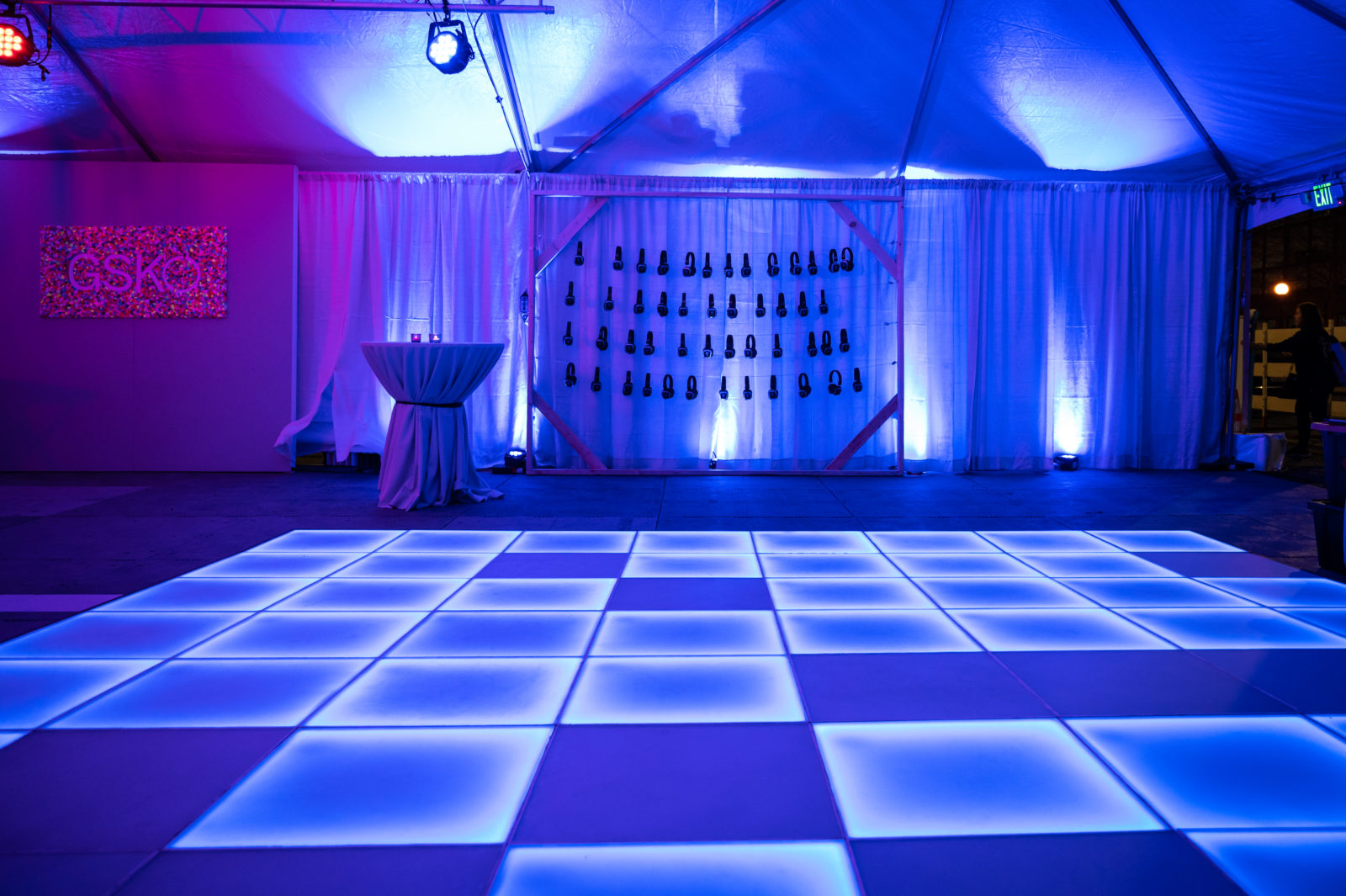Exploring the Versatile Substances That Transform Dance Surfaces into Stunning Aesthetic Displays
Exploring the Versatile Substances That Transform Dance Surfaces into Stunning Aesthetic Displays
Blog Article
Dance floors have developed significantly over the years, becoming increasingly than just a space to move to melodies. Today, they are converted into breathtaking aesthetic experiences through the use of multiple substances and techniques. These materials not only enhance the aesthetic attractiveness of the area but also enhance the overall experience for performers and audiences alike. Comprehending the flexible materials that add to these vibrant environments can provide insight into the art of dance floor creation.
One of the most common materials used in modern dance floors is light-emitting diode lighting. Light-emitting diode lights are power-saving and can generate a broad variety of hues and impacts. They can be integrated in the floor itself or used as part of a lighting system over the dance floor. This innovation allows for synchronized light shows that can alter in reaction to the music, creating an immersive experience. The capability to program these lamps means that they can be customized to fit different concepts or moods, making each occasion distinct.
Another important substance is mirror-like surfaces, such as reflectors or shiny tiles. These surfaces can create an deception of space and depth, making the dance floor seem larger than it is. When dancers dance, their reflections can add an extra layer of visual interest, enhancing the overall show. Additionally, reflective materials can interact with illumination impacts, amplifying the colors and patterns displayed on the floor. This combination of light and mirroring can captivate spectators and elevate the vitality of the occasion.
In addition to illumination and mirror-like substances, the use of digital screens has grown increasingly common in dance floor design. These screens can show lively visuals, graphics, or even real-time feeds of the performance. By integrating electronic technology, occasion organizers can create a comprehensive experience that engages both the dancers and the audience. The capability to alter visuals in real-time allows for a fluid atmosphere that can adjust to the rhythm and energy of the music, making each moment feel new and exciting.
Furthermore, the selection of surface material itself plays a crucial role in the complete encounter. Traditional wooden dance floors are still favored for their durability and functional qualities. However, newer substances like synthetic and elastic are becoming popularity due to their versatility and simplicity of care. These materials can provide better shock absorption, minimizing the chance of injury for dancers. Additionally, they can be designed with multiple patterns and colors, allowing for artistic expression in the dance floor's appearance.
In summary, the evolution of dance floors into stunning aesthetic encounters relies on a combination of innovative materials and techniques. Light-emitting diode lighting, reflective materials, electronic screens, and specialized flooring materials all contribute to creating an captivating setting for performers and audiences. As technology continues to progress, the opportunities for enhancing dance floor design will only grow, making upcoming events dance floor wraps for bar mitzvahs even more captivating and unforgettable. Comprehending these materials helps value the craftsmanship involved in creating spaces where movement and music come together harmoniously in unison.